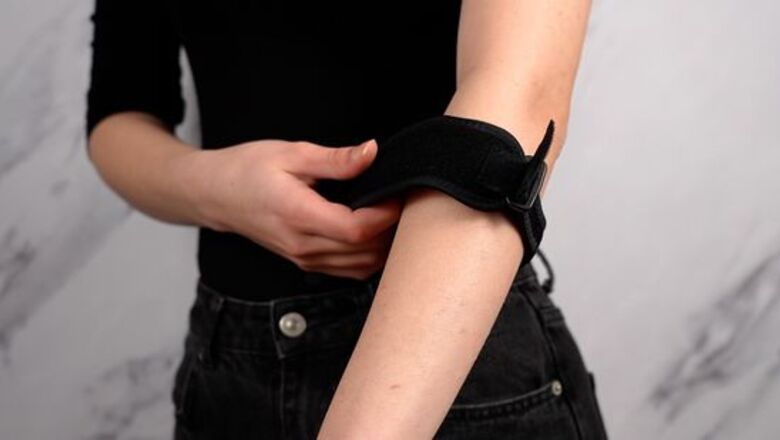
views
X
Trustworthy Source
Mayo Clinic
Educational website from one of the world's leading hospitals
Go to source
Putting on the Brace
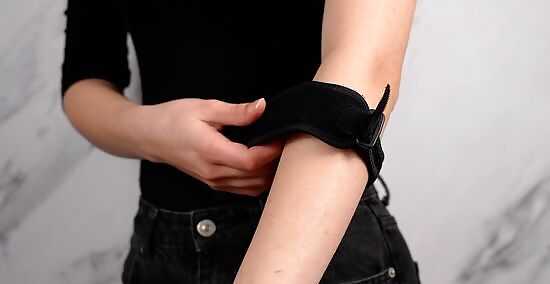
Slip the brace onto your arm. Thread your hand and forearm into the brace. Pull the brace up your forearm until the top of the supportive strap is approximately 1 inch (2.5 cm) below your elbow. If the brace has a forearm splint in it, rotate the splint side so it is positioned on the thumb side of your arm.
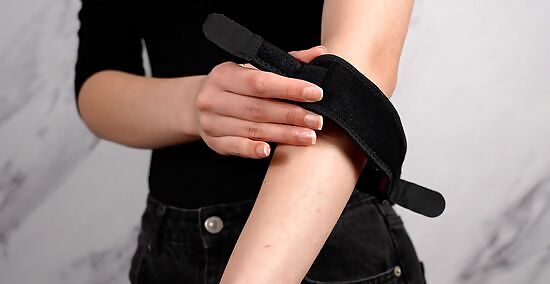
Position the elbow brace with the tendon cushion facing out. Move the brace so the cushioned area that will support your tendon is on the top of your forearm facing outward. This usually means that the strap compressing the tendon will be secured on the underside of your forearm. Depending on the brace, this tendon cushion may be an air pack or foam.
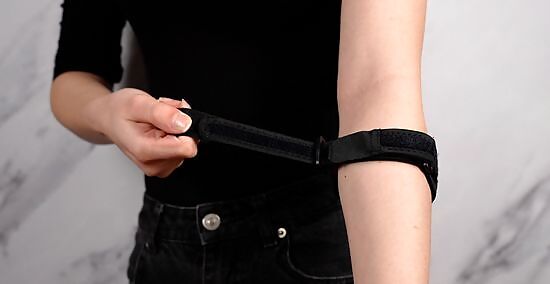
Tighten the brace until it is snug but not uncomfortable. Use the adjustable strap to pull the brace snug now that it is in the proper position. You should be able to grip a racket—or make a fist—without the brace restricting your circulation. However, the brace should also be tight enough so it doesn’t move around on your arm.
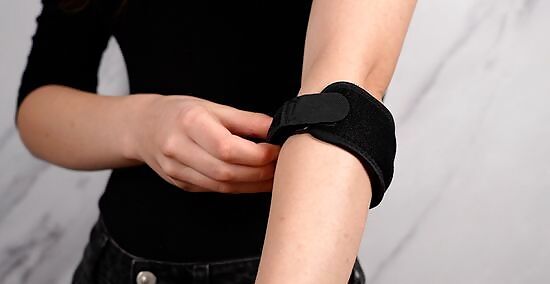
Make any adjustments for comfort, as needed. Attempt the activity that causes you pain while wearing your brace. If it feels a little tight, loosen it. If it feels like it isn’t giving you enough support, try tightening it. Adjust the brace so you feel the most relief.
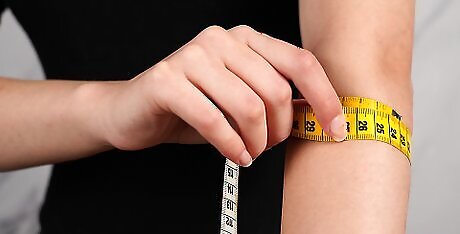
Measure the circumference of your forearm 1 inch (2.5 cm) below the elbow. Choose the correct size of brace by taking this measurement with a tape measurer and comparing it to the size chart of the back of the brace package. Sizing usually comes in unisex small, medium, and large. Most braces have a foam layer which goes directly against the arm, as well as a woven strap, which provides added support to your overworked tendons. Some braces also come with a small gel pack, which can be frozen and used to relieve swelling. Most tennis elbow braces are made to fit either arm. It’s not necessary to choose a side-specific brace.
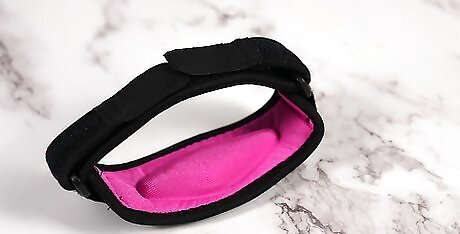
Choose a brace with a strap 1.97 in (5 cm) to 3.15 in (8 cm) wide. Avoid using a brace with a support strap thinner than this, as the strap may be too slim to adequately compress your inflamed tendons. The size of this strap is a greater support factor than the overall size of the brace. Some braces are short, only slightly wider than the strap, and others are longer, extending on both sides of the elbow. What style you choose is a matter of personal preference. Each brace typically has the support strap in the same place and performs the same job.
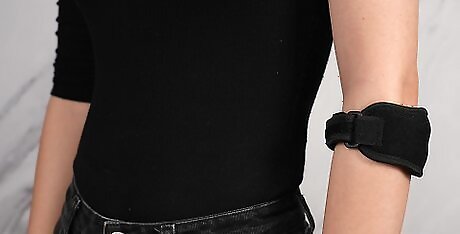
Wear the brace whenever you need additional support. Wear your brace when performing your painful activity or while going about your entire day if you want more support. Wearing a brace will not hurt you, unless you’ve put it on incorrectly. If you feel unsure about putting a brace on yourself, consult a doctor, tennis pro, or physical therapist. They can all help you feel confident about wearing your brace.
Choosing a Brace
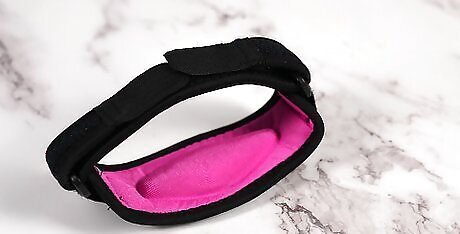
Visit your local sporting goods store for a wide selection. Buy a brace at your local drug store or sporting goods store. Your sporting goods store may have a greater selection of braces and styles, as well as professionals who can help fit you for a brace and show you how to wear it properly. If your tennis elbow started after using a new racket, bring your racket to the store. You can ask a store pro if it is a good weight and size for you to ensure it is not contributing to your problem.
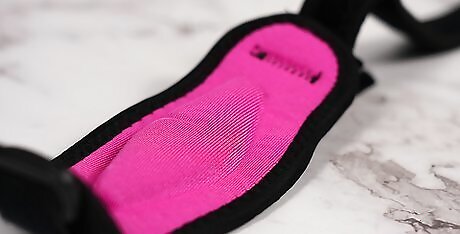
Select a brace with a washable fabric, such as cushioned foam. Wash your brace weekly to prevent bacteria growth, especially if you wear it during exercise. Hand wash it in cold water using a dime-sized amount of mild soap. Rinse the brace with clean water, and let it air dry. Hand washing ensures that your brace will not get weakened or bent out of shape in the washing machine.




















Comments
0 comment